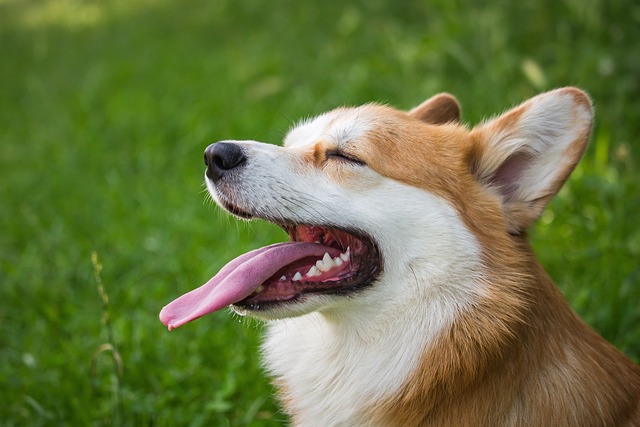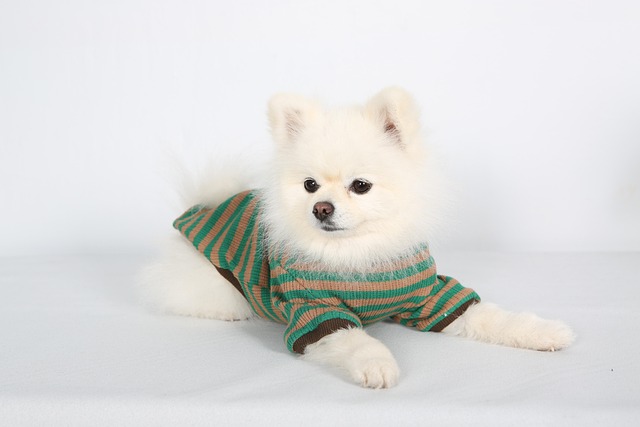
What vitamin is good for dogs' skin
Seeing your dog constantly scratch or noticing dry, flaky skin can make you wonder if a simple vitamin might be the solution.
German Shepherd grooming frequency is a topic that often sparks debate among dog owners, especially in the U.S. where climate and lifestyle can vary dramatically. Unlike breeds with single coats, German Shepherds have a dense double coat designed to protect them from harsh weather, which means their grooming needs are unique. Many owners mistakenly believe that frequent baths will keep shedding under control, but the reality is more nuanced. Understanding the breed’s coat structure and seasonal changes is key to maintaining their health and comfort.
The German Shepherd’s double coat consists of a soft undercoat and a coarser outer layer, both of which play a role in insulation. This design makes them prone to heavy shedding, particularly during seasonal transitions in spring and fall. In warmer U.S. states like Texas or Florida, shedding may seem relentless, while in colder regions, the undercoat thickens for winter. Brushing should be a priority—ideally three to four times a week—to prevent matting and distribute natural oils. Bathing, however, should be limited to once every six to eight weeks unless the dog gets excessively dirty, as over-washing can strip essential oils and dry out their skin.
One of the biggest misconceptions among U.S. owners is that professional grooming is unnecessary for German Shepherds. While they don’t require haircuts like Poodles, a professional touch every few months can help manage shedding and check for skin issues. Another myth is that shaving a German Shepherd in summer will keep them cool—this actually disrupts their natural temperature regulation and can lead to sunburn. Instead, focus on regular brushing with an undercoat rake or deshedding tool, which removes loose fur without damaging the coat.
For a balanced German Shepherd grooming schedule, U.S. owners should adjust based on climate and activity level. Weekly brushing is a must, increasing to daily sessions during peak shedding seasons. Nail trimming should happen every three to four weeks, and ear cleaning every two weeks to prevent infections. Dental care is often overlooked but crucial—brushing their teeth several times a week helps prevent periodontal disease. If your dog enjoys outdoor adventures, a quick wipe-down with a damp cloth after hikes can reduce dirt buildup between baths.
Investing in the right tools makes a world of difference. A high-quality slicker brush works well for the outer coat, while an undercoat rake tackles shedding more effectively. For baths, use a mild, dog-specific shampoo to avoid irritation. To make grooming sessions enjoyable, start early with positive reinforcement—treats and praise help German Shepherds associate brushing with rewards. If shedding becomes overwhelming, consider adding omega-3 supplements to their diet, which can improve coat health and reduce excessive hair loss.
Finding the right German Shepherd grooming frequency isn’t about strict rules but adapting to their needs. Consistent care prevents skin problems, reduces shedding around the house, and strengthens the bond between owner and dog. Whether you’re in a humid southern state or a snowy northern region, tailoring your approach ensures your German Shepherd stays comfortable year-round. A well-groomed dog isn’t just about looks—it’s a vital part of their overall well-being.

Seeing your dog constantly scratch or noticing dry, flaky skin can make you wonder if a simple vitamin might be the solution.

If you’re a new dog parent in the US—maybe you’re sitting on your Portland apartment couch, staring at your 1-year-old Australian Shepherd

If you’re a new dog parent in the US—maybe you’re sitting on your Atlanta apartment floor, holding your 6-week-old Beagle puppy, Daisy, who’s curled up in your lap

If you’re a new dog parent in the US—maybe you’re standing in your Denver apartment’s kitchen, staring at a bag of high-quality puppy kibble and a bottle

Seeing your puppy grow daily is amazing, and it’s natural to want to give them every advantage, including supplements.

Brown stains on white dog fur aren’t just unsightly—they can also hint at underlying issues like tear duct irritation or poor grooming habits, which matter even more when you’re following local pet care laws.